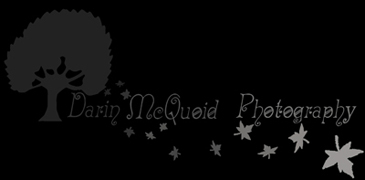Sun Stars

Sony A7, Sony Zeiss 24-70mm f4 at f/22
Once the sun gets low enough in
the sky to be included in a kayaking photograph, it often goes behind a
canyon wall. This makes getting a sun burst a unique challenge to
kayaking, where it's often easy to do in skiing. Outside of the
physical difficulties there are some technical challenges. Sun stars
are caused by diffraction of point light sources, which manifests
itself in the apparent bending of waves around small obstacles and the
spreading out of waves past small openings. Thanks to
GSU
for that nugget. In photography there are two ways we often cause
diffraction, one is to use natural objects to create a small
opening or bend the light around.
Here a small opening in the
trees creates enough diffraction to create a sun star even though the
aperture in the lens is wide open.

Sony NEX-6, Sony 18-55mm
The other is to use the aperture
of the lens, like in the first image. There are a few things that
dictate how the stars will look. The first is the number of aperture
blades in the lens. Even numbered blades make an equal amount of rays.
Odd numbered blades make double the amount of rays. The intersections
of the blades create the rays and an added complication is that many
modern lenses use curved aperture blades to help with how the out of
focus area in images look. These curved blades make it harder to get
rays to burst from the sun.
Any point source of light can create rays. Here a six bladed aperture
gives six rays.

Sony A7, Nikkor-P 105mm f/2.5
With their wide field of view, fisheye lenses can help get the sun in
the frame. Here Tom Janney runs a fun rapid on the Kaweah River.

Sony A7, Nikon 16mm f/3.5 fisheye at f/8 where the seven straight
aperture blades make a great sun star. Hard to find a day down here
without at least a little haze in the sky, making it harder for the sun
to be a point light source.
Just a few years ago the dynamic
range on digital cameras was considerably smaller, and most images with
sun stars were also silhouettes. Things have changed and life is much
easier today. In the first image I under exposed the subject of the
shot because it's easier to pull up shadows than bring highlights back.
This image is a compromise because the Sony Zeiss 24-70mm f/4 has
curved aperture blades, so the aperture needs to be rather small to get
rays from the sun. On this day I closed it all the way down to f/22 to
make the rays distinct, and doing so made me up the ISO to 800,
allowing me to keep the shutter at 1/1000 to freeze action. Diffraction
softens the image, but it's sharp enough to print in magazine format,
although it does show that my sensor was a little dirty too.
Straight from camera the image is quite underexposed.

Here is a screenshot of the manipulations I did in Adobe
Camera Raw to get detail in the shadows and pull the highlights back
down.

My regret this day was
not having something like the Nikon 20mm f/4 with me. The slightly
wider field of view and straight aperture blades would have made it
easy to get solid rays without high ISO or diffraction inherent at
f/22. Maybe next time...

